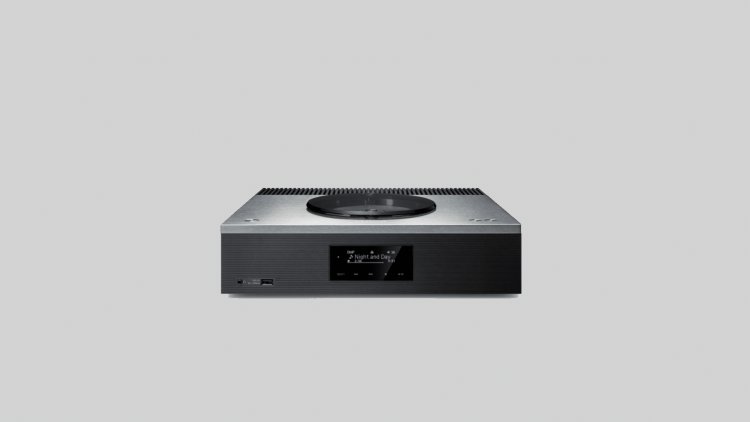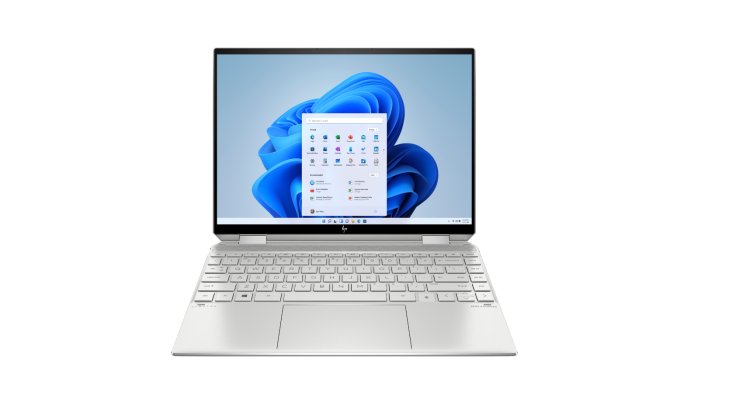Technics SA-C600 CD: premium class

With the increasing shrinkage and optimization of network audio and streaming components, as well as the continuous improvement of Class-D amplifier designs, more and more low-cost all-rounders are hitting the market. A tiny and powerful streaming receiver with a built-in CD drive and FM/DAB tuner for less than 1,000 dollars, such as the Technics SA-C600 shown here, would have been unthinkable just a few years ago. Can the compact quasi-all-in-one player, however, live up to the premium claim made by its creators?

Technics. This brand name still has a thunderous ring to it today. However, as you can see in the linked Technics story, the Panasonic subsidiary has been through some ups and downs. Technics was nearly extinct for a while.
However, following the brand's resurrection in 2015, the word Technics has returned to the language of die-hard hi-fi lovers. The Japanese have a legendary reputation for producing goods in the "Reference Class," such as the interesting direct-drive record SL-1000R, or power amplifiers such as the SE-R1.
Among current hi-fi components, streaming amplifiers are the jack of all trades. This genre is exemplified by devices such as the Lyngdorf TDAI-1120 and the Cambridge Audio EVO 75/150. They incorporate all essential features in a single housing and require just passive loudspeakers to complete a hi-fi system. However, there are variances in equipment even among them. The Technics SA-C600 is one of the most well-equipped examples of this type.

Everything is on board: radio (DAB+ and FM), CD player, phono MM connector, digital inputs, analog line-in, streaming, surround sound adjustment, power amplifiers… The tiny Technics also comes with a well-equipped remote control.
Externally, the SA-C600 is readily confused with Technics' "OTTAVA" table loudspeakers, such as the SC-C70 MK II. However, speakers are not included. The C600 features a fully digital stereo power amplifier powered by the JENO engine developed in-house (Jitter Elimination and Noise-Shaping Optimization).
This delivers 2 x 60 watts at 4 ohms through the back loudspeaker connections. Unless you've fallen in love with especially insensitive speakers, this is more than plenty for most passive loudspeakers. The point is that there is practically complete freedom of speech here. As a result, the C600 is pleasantly versatile.
The enclosure, which measures 340 x 90 x 341 mm (W x H x D), fits on any lowboard or shelf while remaining unobtrusive and modern. The choice of materials, on the other hand, gives the first indication of where the maker had to stick to a tight budget. The front and side panels, as well as the ventilation slots on the back top, are constructed of plastic.
The ornamental cover is the only part made of metal. In the center is branded a cover glass for the integrated CD Toploader drive, which can be turned sideways with a finger.
Despite the fact that CDs are becoming less and less important as streaming becomes more popular, consumers' shelves and cabinets are still brimming with silver discs. A great opportunity to reintroduce some of these jewels, which can also be seen beautifully on the C600 through the (colored) glass cover.
The SA-C600 is an extremely communicative device. It accepts analog and digital signals via wire from a wide range of external sources. On the front, there is also a USB connector for hard disks or memory sticks. It communicates with the network using LAN (100 Base-TX / 10 Base-T) or WLAN (802.11 a/b/g/n/ac).

Bluetooth is, of course, included. The only noteworthy aspect of this is that Technics appears to support just Apple's chosen AAC standard for improved Bluetooth quality. The description makes no mention of the many aptX variations. In actuality, if your Bluetooth source device does not support AAC, you can only send using the SBC basic protocol, which is the weakest Bluetooth variation in terms of sound quality.
Even additional connections: Technics considered headphones users and included a 3.5 mm jack on the front. A subwoofer connection ensures that bass enthusiasts get their money's worth. There is only one element missing from the list: HDMI ARC for sound transmission and control from the television.
There was a time when configuring network-enabled audio equipment might be a headache for non-IT professionals. They are, thankfully, over. Even while wireless connections via WLAN are appealing and generally trouble-free, the easiest and most dependable connection with the home internet router remains the good, old LAN cable.
Connect the LAN and power cables, then turn on the C600 by pressing the NWP (Network Player) button on the remote control and following the instructions in the related "Technics Audio Center" app for iOS or Android.
There is, of course, the connection of other devices such as a TV or record player, as well as Bluetooth pairing, depending on the situation. There was no witchcraft involved.
Also lauded is the fact that Technics does not delegate all control functions to the app. The most significant features are directly available via the remote control and touch control at the display's bottom border. On the top, there are two volume controls.
The C600's network and streaming capabilities are robust. Almost anything is possible, from local data carriers to DLNA from a network storage device or server (which can also be a FritzBox) or USB from a computer, wireless playing via AirPlay 2 or Chromecast to online streaming from numerous providers.
However, there are two major exceptions. Spotify (Connect), Amazon Music (currently not in HD), Tidal, Deezer, and podcasts are all supported directly. Roon users can also address the C600, although only via the Chromecast protocol for the time being. Roon Ready is currently in development.
The operation may be taught in a very short period thanks to the well-equipped remote control. The app must only be used for targeted music selection in streaming services or your own digital music library. The accompanying software "Technics Audio Center" is clear and concise, but also graphically simple.
In addition, Apple users may integrate the C600 into their home app, allowing them to take advantage of features such as automatically pausing music when they leave the house.
Clearly, the Technics SA-C600 is the best value in its pricing range. The Bluesound Powernode could be a direct rival. It likewise costs 999 dollars and has a comparable set of capabilities to the Technics, but it lacks a CD drive, tuner functionality, a conventional remote control, and a few connections (such as phono). The sole advantage the Powernode has over the Technics is HDMI eARC.
There is also nothing to complain about in terms of sound and operation with the SA-C600. With such feature-rich devices, there are always things that may be improved, but it is frequently a matter of personal preference or acclimating to it. Technics does practically everything right with the C600.





























